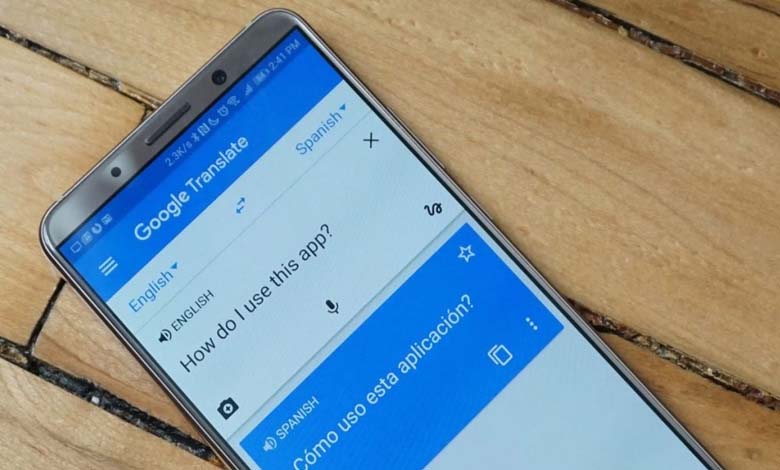How Does the Real-Time Translation Feature Work?

The real-time translation feature leverages the power of artificial intelligence (AI) and machine learning to instantly translate spoken language into text, displayed directly on the smart glasses’ screen. This allows the wearer to read the translation as the conversation progresses, making it easier to understand and respond without the need for a third-party translator or external device.
-
Simplify Your Daily Life: The 6 Best Uses of Google Lens
-
Google Launches 4 New Features for Travel and Tourism
- Instant Translation: The feature processes speech in real-time, translating it to the desired language almost instantaneously. Whether in a business meeting, during travel, or in social settings, users can now communicate effortlessly with people who speak different languages.
- Multiple Language Support: Meta’s translation system supports a wide range of languages, and the company plans to expand its language database further to ensure inclusivity for users worldwide.
- Privacy and Security: Meta emphasizes that all translations are processed securely, with an emphasis on protecting user privacy. The system uses encrypted data to ensure that sensitive information remains confidential.
-
“Neural Networks” in Artificial Intelligence: What Do They Mean and What Is Their Role?
-
Google introduces 5 amazing AI tools
Potential Applications of Real-Time Translation
The real-time translation feature opens up numerous possibilities for personal and professional use:
- Business Communication: Professionals working in multinational companies can now easily communicate with colleagues from different parts of the world without the need for interpreters.
- Travel and Tourism: Travelers can engage with locals in foreign countries and easily understand signs, menus, or directions, making their travel experience more enjoyable and stress-free.
- Social Interactions: People can converse with others from diverse linguistic backgrounds, fostering better relationships and understanding across cultures.
-
Hundreds of thousands are learning a language that no one speaks… What’s the reason?
-
Google aims to offer its services in 1000 languages
Meta’s Vision for the Future
Meta envisions that this feature will not only break down language barriers but also provide users with a new level of connectivity in a globalized world. With the integration of real-time translation, Meta is advancing its goal of creating more immersive, practical, and user-friendly technologies for the future












